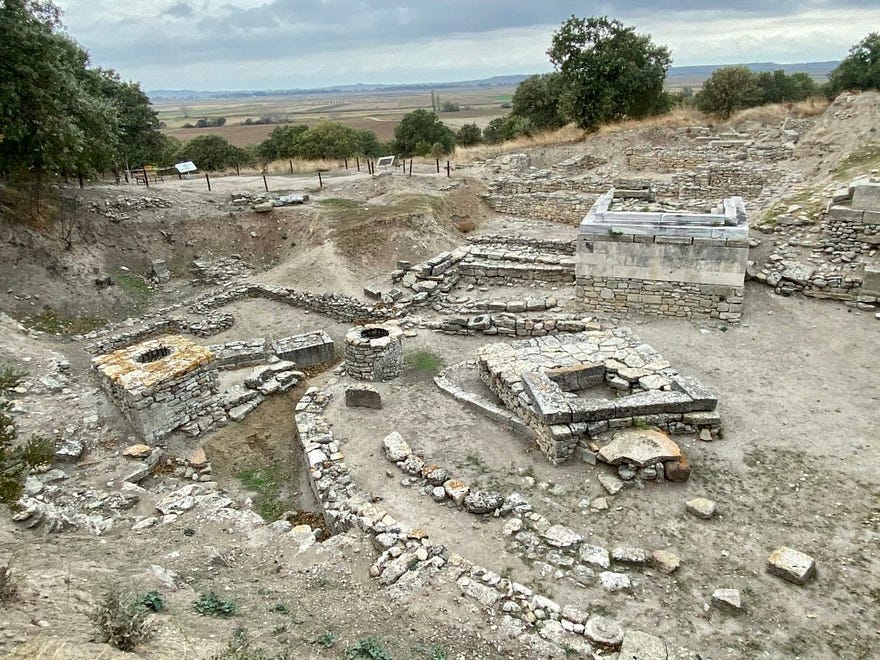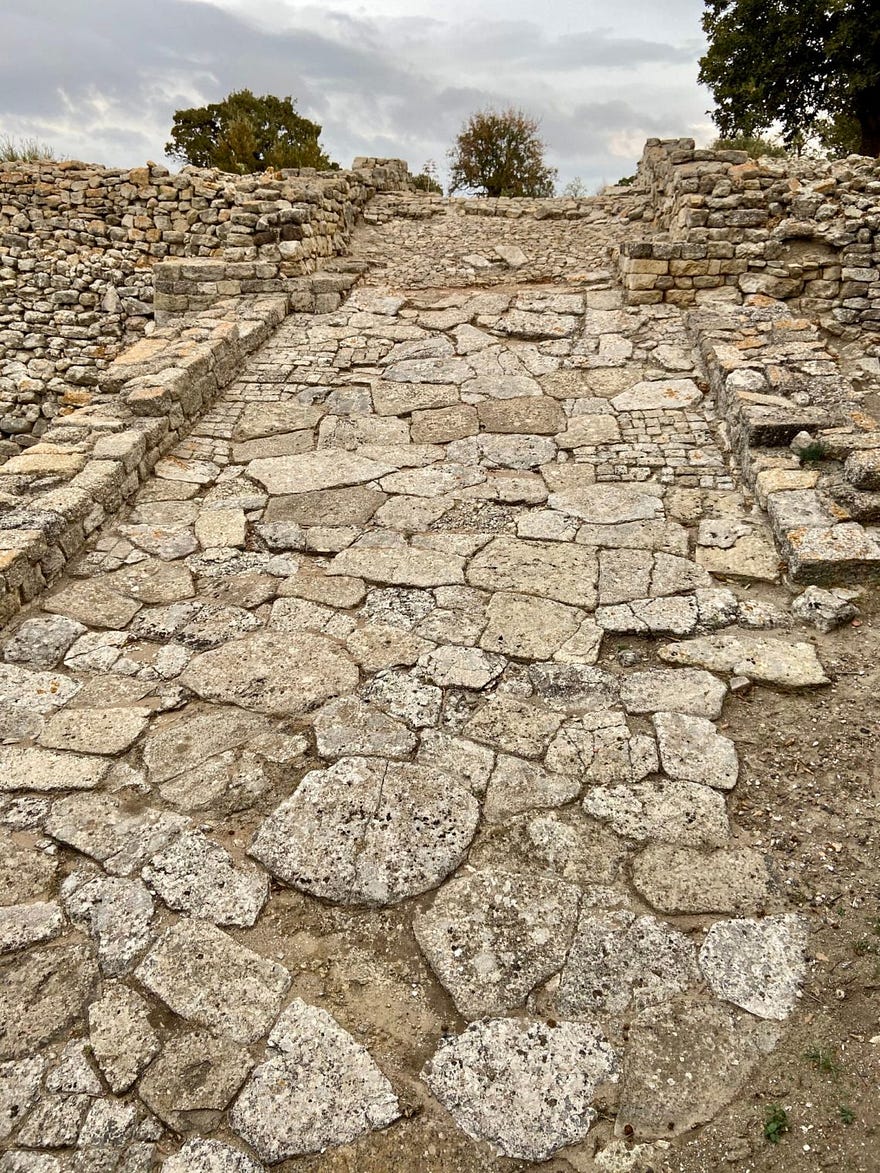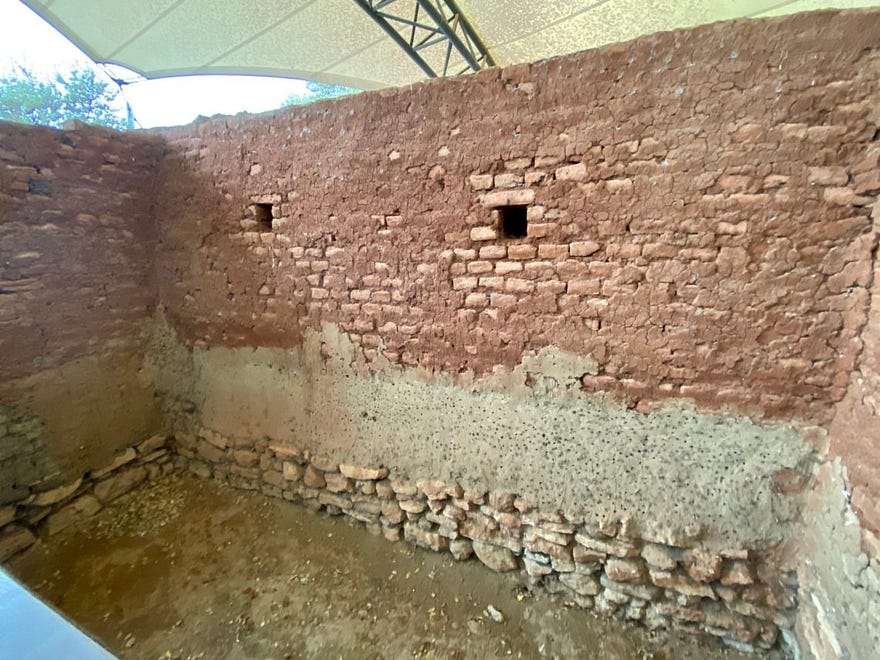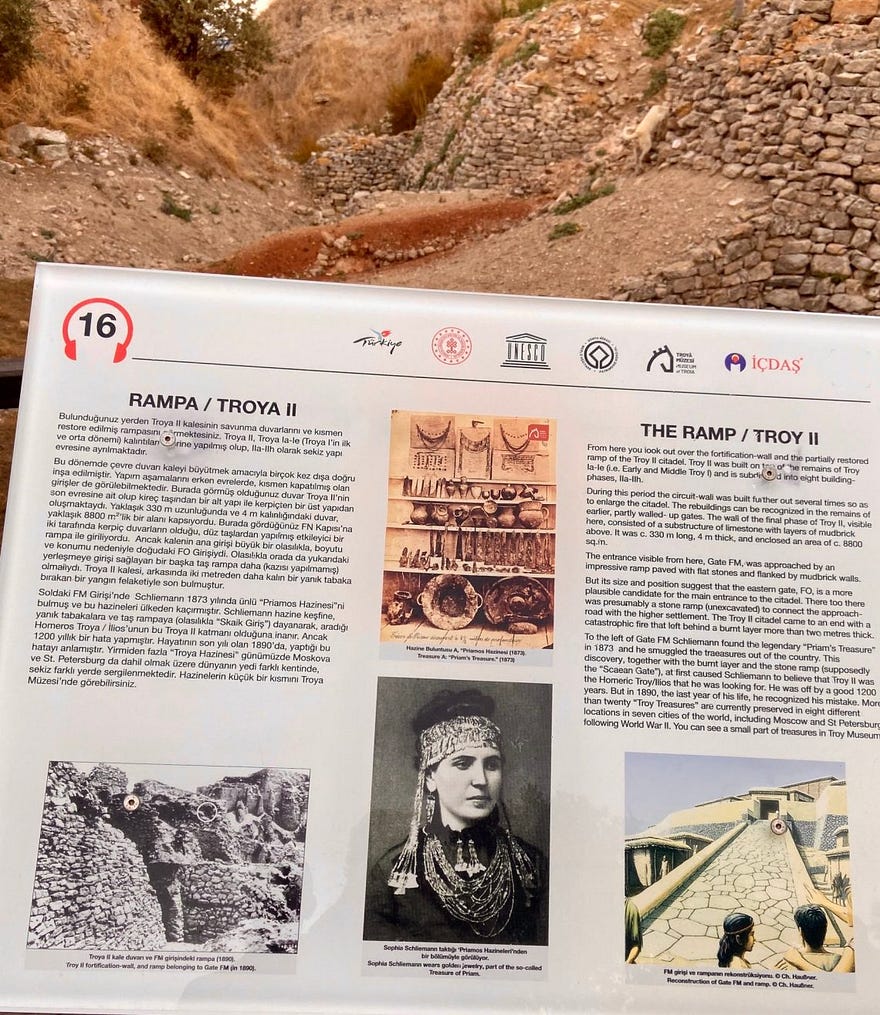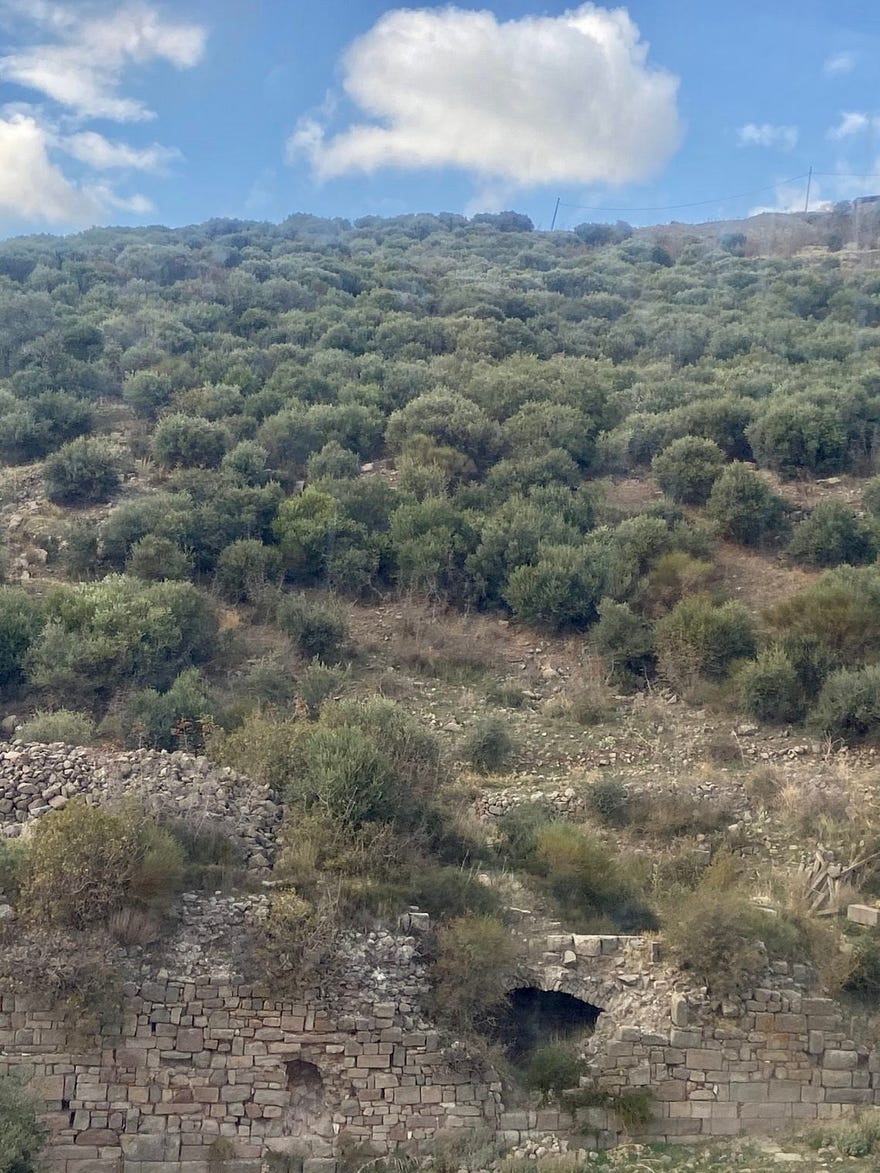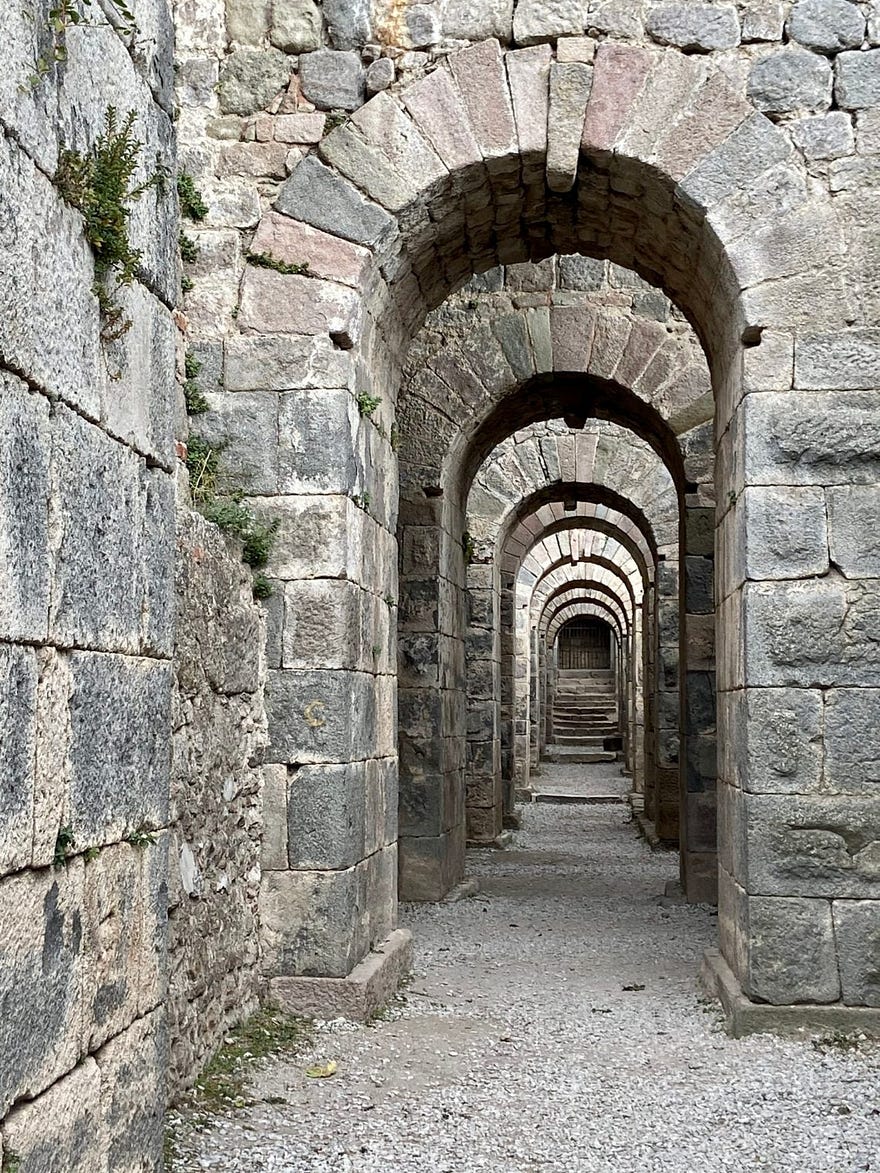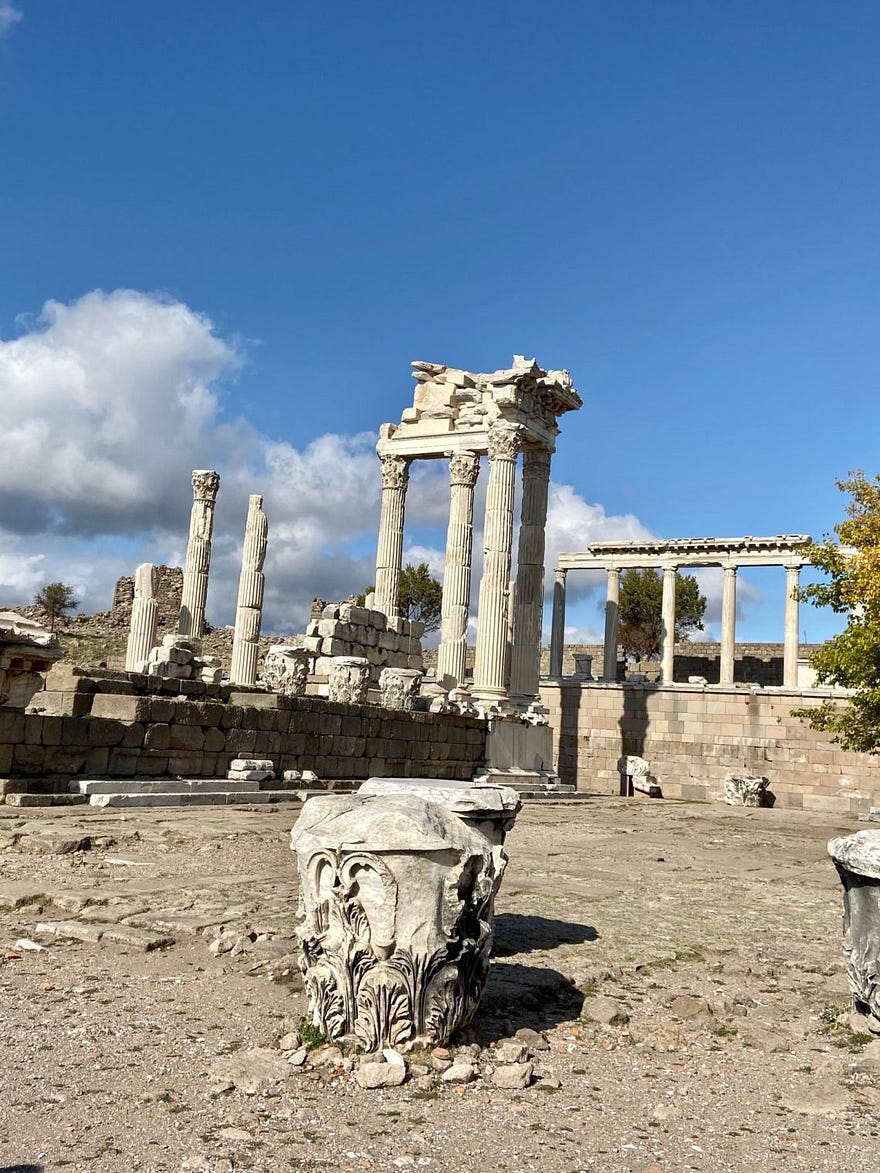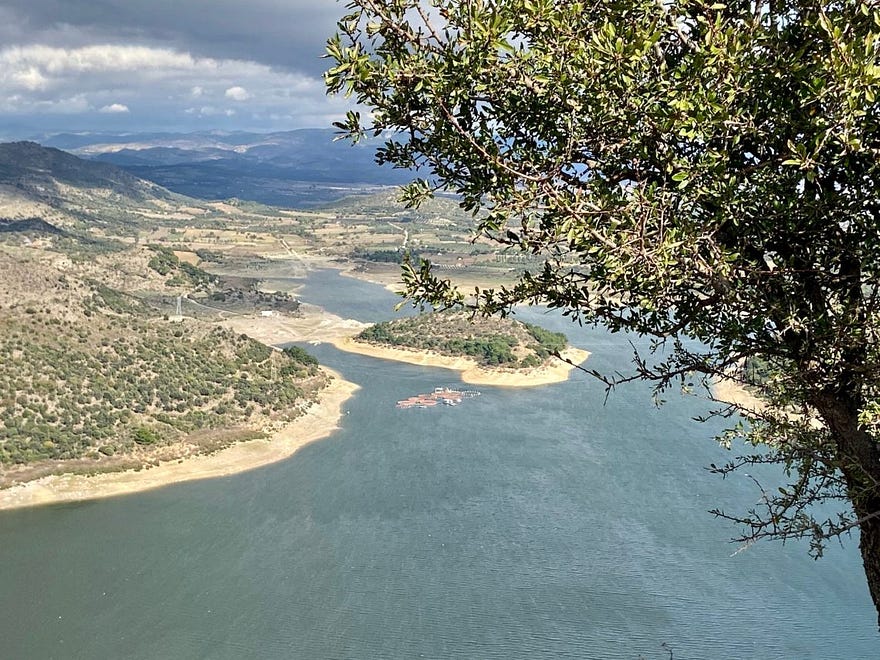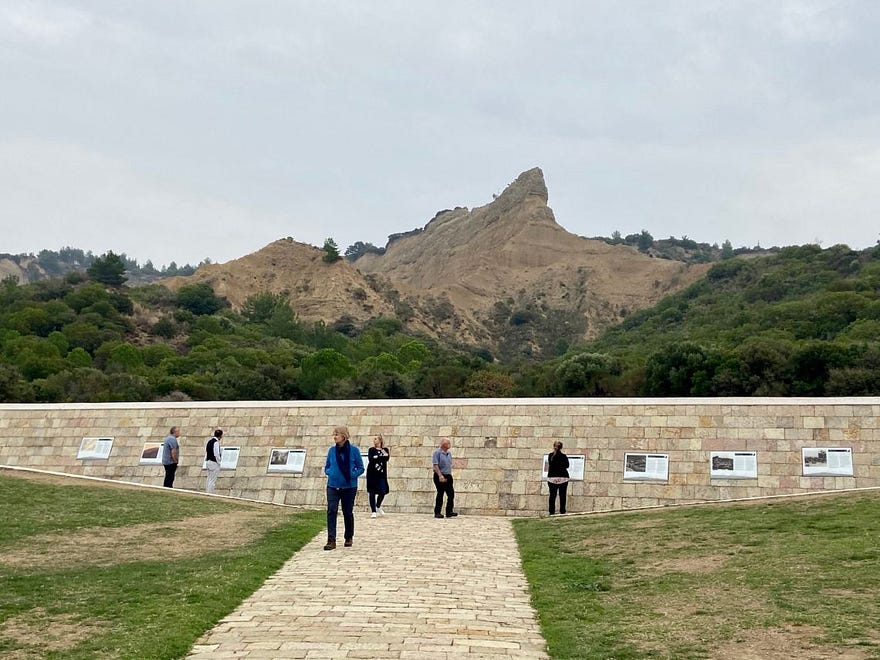We reached Cappadocia at night and checked in the hotel which was nothing like any hotel we had stayed in before.
The rooms were like caves, low ceiling, archways, dim lights, antique furniture. Our room was like a little house with a separate living room, bedroom and massive bathroom with stain glass door.


Cappadocia landscape was formed by the eruption of two volcanoes. The rocks here have many natural caves. People have been living here for thousands of years. The caves made a perfect hiding place from invaders.
Many Christians, after the crucifixion of Christ, found refuge here from Romans. Here they were free to practice their religion. They soon made monasteries in the caves and carved out more caves to make churches.

An estimate is that there are 600 churches in Cappadocia. They are not big churches known to the western world but a small one for family or individual praying. Some of them have beautifully ocher painting on their walls and ceilings.

In Turkish Cappadocia means “the land of beautiful horses.” The Cappadocia horses were known for their beauty and strength which was surprising due to the grass the grazed on this dry and rugged land which was believed to be rich in protein and minerals.
We visited the underground city of caves which were used mainly for hiding some times for weeks. It had stables to hide the animals, storage space for food and wine and the number of rooms. There are about eighty such as underground cities in the area. Recently a new city has been excavated under a slum which is believed to be the largest city. It could accommodate twenty thousand people, which gives an idea of the population at that time.
The different rock formations have different shapes. The one below is called Fairy Chimney. They are formed when then the harder stone at the top erodes over time exposing the softer stone which collapses.

Cappadocia is a large area inhabited by a number of small villages whose main source of income is tourism. A lot of the caves are part of the National Park but some are still owned by individuals. These caves are in high demand for making hotels and restaurants. They can fetch millions of dollars for the owner.
There is no local living in the caves now. Most of the people abandoned them for the houses by 1980s. But we visited a 180 years old pottery place which was all underground cave. Even though it had proper light, phone connection, and the internet, the air was damp and suffocating that I couldn’t stay there any longer. One of the attendants who was showing us pottery was suffering from cold for being in that environment constantly.

The highest hill in the Nevşehir (the place where our hotel was) has an old castle on top of it which was a watchtower in the olden times.

This was our last day in Turkey. We flew first from Cappadocia to Istanbul and then from Istanbul to Cairo, Egypt.




























